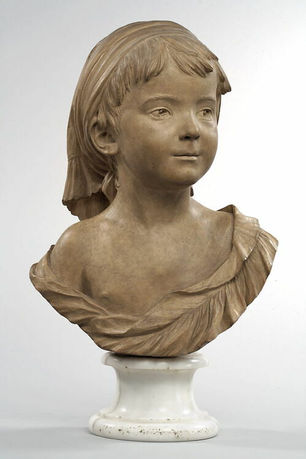Artist & Historian

Portraiture & Revolution
In the wake of the violence of the French Revolution, which began in 1789, portraits became important as a form of remembrance for members of the nobility and bourgeoisie, and they were created in large numbers.

While history painting remained at the top of the hierarchy of painting, the demand for portraiture by the late-eighteenth century meant that artists could become wealthy by cultivating skills in the field. It was also a segment of the market where women artists could prosper.

Studios such as that of Jacques Louis David were also teaching spaces, where skills could be learned for both portraiture and other themes.

Émile
In 1762, Rousseau published Émile, Or Treatise on Education which celebrated infancy and youth. The book's popularity changed the way educated Parisians regarded child-rearing. The Brongniart children, seen here in their childhood portraits, were among the first to be publicly celebrated in the wake of Rousseau's writing. The paired portraits of Alexandre and Louise, by the sculptor Houdon, were exhibited at the Salon in 1777. The youngest sister, Émilie, was sculpted by Couasnon in 1784. They are shown in the bottom left corner of the case, on display at the Louvre, 2019. The other sculptures are those of Houdon's own children, and that of his wife. It is clear from the care he took with their youthful portraits that Houdon's relationship with the Brongniart family was closely personal.














